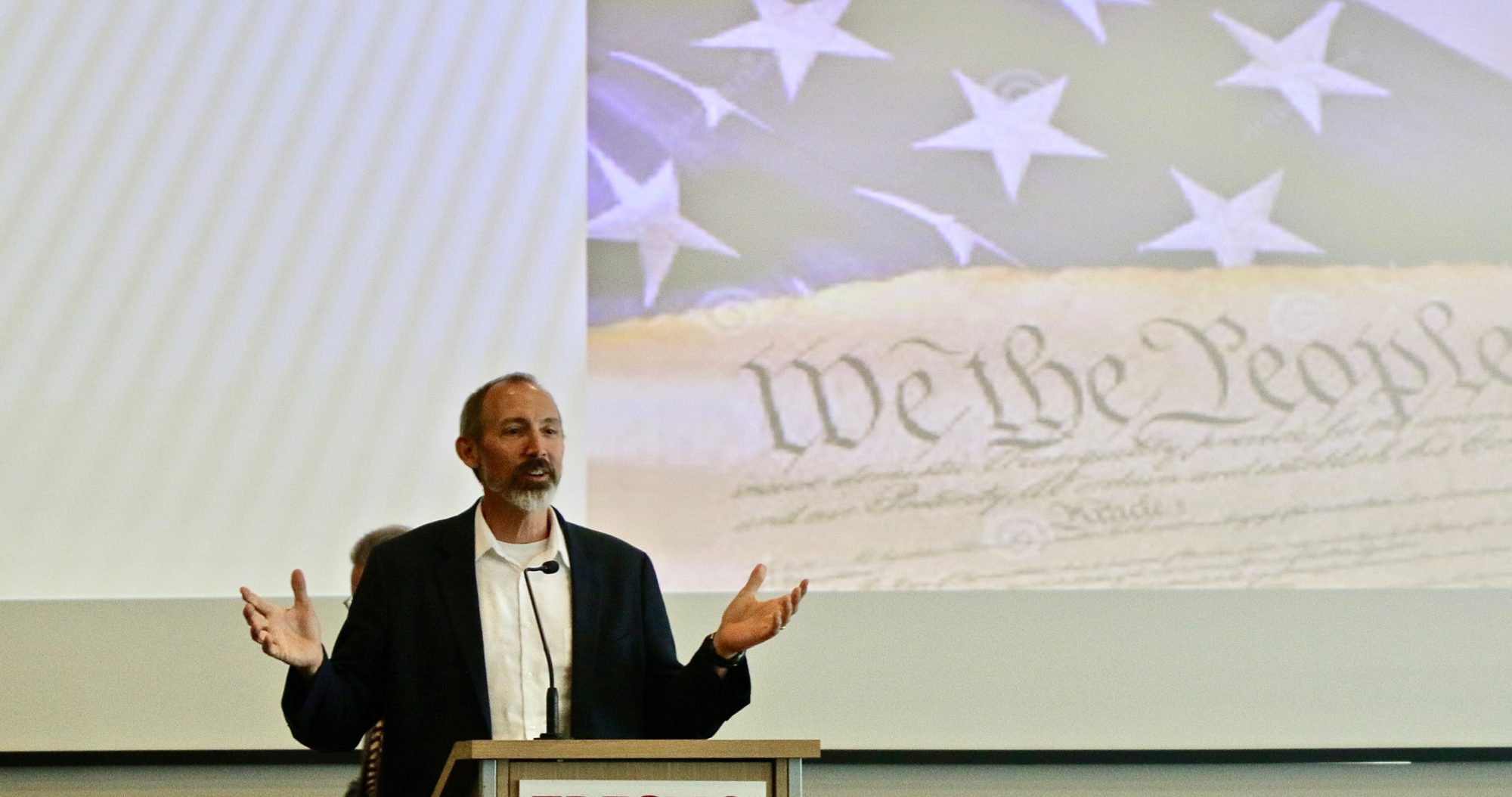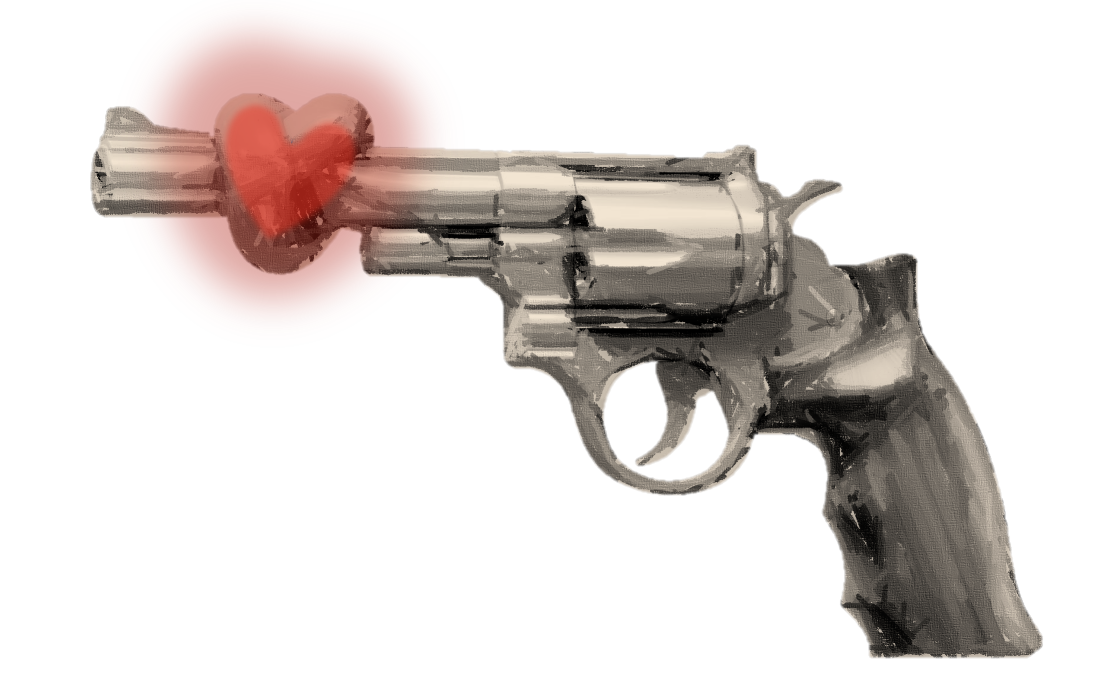Violence is the thread linking recent shootings to the beating death of Tyre Nichols in Memphis. Our culture is addicted to violence. We feel guilt and remorse, the morning after a bender of violence. But we fall back into the same bad habit.
Violence energizes and excites. The thrill of violence was apparent in accounts of the Nichols beating. One Memphis cop said, “I hope they stomp his ass.” Another bragged, “I jumped in and started rocking him.” The buzz of battle is intoxicating.
Not every cop behaves this way. And violence has been turned against police, most recently here in Selma. These atrocities are a sign of a world gone wrong.
The seductive power of violence is leading us astray. Violence is titillating. Its adrenaline rush is why we cheer on brutal hits on the football field and in the boxing ring. The excitement of violence entices us to watch endless hours of violence on our video screens. It’s not surprising that every so often, someone goes berserk in a world habituated to violence.
We won’t root out violence until we confront how it seduces and warps the human spirit. And we won’t overcome violence until we develop other habits.
Band-aid solutions can help reduce harm. We can limit access to guns. We can prohibit militant police tactics. And we can jail those who commit violence. But people need better habits of kindness, patience, and compassion. A band-aid stops the bleeding. But the disease remains untreated.
The world’s moral and religious traditions teach that violence is wrong. Jesus taught his followers to turn the other cheek and love their enemies. Asian traditions celebrate “ahimsa,” a fundamental commitment to nonviolence.
But our culture is fascinated by violence. We watch it and play at it. We spend our money on it. And when violence causes problems, like a gambling addict, we double down, somehow thinking that more violence can solve the problem.
The civil rights icon James Lawson once said, “Our county is trapped, embedded, addicted to the mythology of violence.” Addiction is about pleasure, habit, and meaning. Our addiction to violence is about the kinds of thrills we enjoy. And it is about the kinds of habits we cultivate.
The mythology of violence encourages us to believe that power and prestige, strength and courage, are linked to violence. It teaches us to think that “might makes right.”
But none of this is true. It is false that violence solves problems and is the source of power. Human power comes from respect and love, rather than fear and physical domination. Human strength and courage are expressed through empathy and compassion, not through violence and brutality. And it is simply not true that “might makes right.”
If you overpower an enemy, nothing has changed in the realm of ideas. This is why regime change rarely works in foreign affairs. Violence begets backlash and resistance. We change people’s hearts by appealing to their better angels, not by attacking their bodies.
Physical violence arises from our most basic animal instincts. Wolves bare their teeth and fight without forethought. The violent male takes over the pack. Some humans behave this way as well. But physical dominance is impermanent. The alpha wolf only rules for a season or two. Physical dominance leaves no legacy other than blood, and resentment.
But the wolf doesn’t think about that. He is impelled by instinct and focused on the fight. Violence is the rush of the here and now. It is indifferent to tomorrow. And that’s why it is subhuman. Human beings moderate their behavior while imagining a life that extends into the future. But violence ignores the future. It is a thrilling outburst of a brutal immediacy.
Of course, in the human world, the violent brutes are punished. The momentary rush of violence is subject to the patient reality of human justice, which transcends the law of the jungle. We are not animals or superheroes, despite what we see at the movies.
The lessons of nonviolent humanity must be taught and re-taught. Violence is the problem, not the solution. Love, compassion, and human intelligence provide a higher path. And a culture addicted to violence needs new habits and sources of meaning.
Read more at: https://www.fresnobee.com/opinion/readers-opinion/article272052452.html#storylink=cpy



